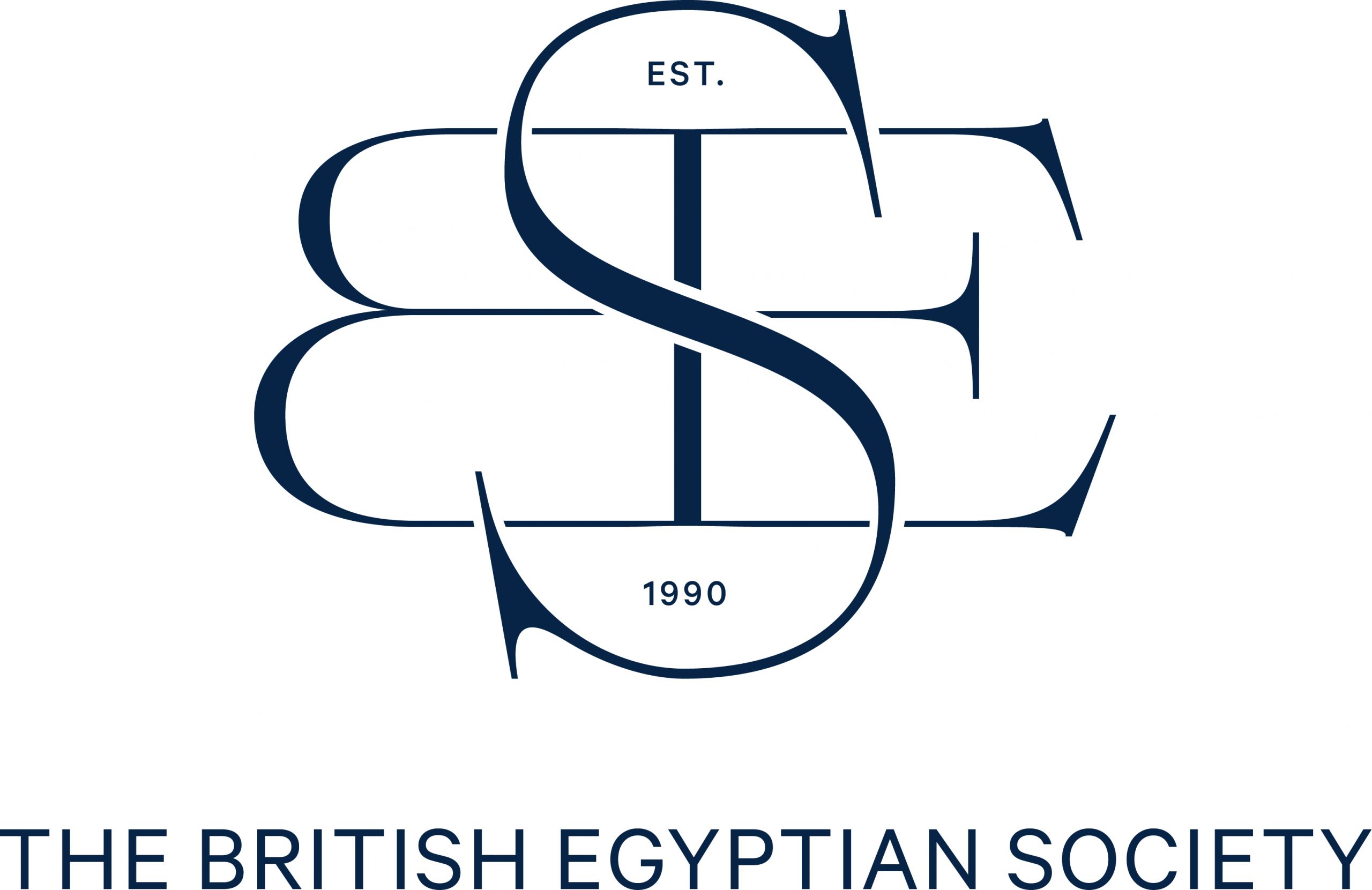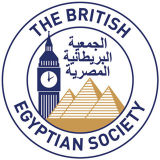Private View of “Faith after the Pharaohs” at the British Museum
The British Museum, very kindly, has granted us a Private View of this new exhibition. The exhibition, already opened to the general public, has received 5 star reviews.
The exhibition begins in 30 BC, when Egypt became a province of the Roman Empire after the death of Cleopatra and Mark Antony, and continues until AD 1171 when the rule of the Islamic Fatimid dynasty came to an end. The remarkable objects in the exhibition have been uniquely preserved in Egypt’s arid climate, and many have never been on display before. Their survival provides unparalleled access to the lives of individuals and communities, and they tell a rich and complex story of influences, long periods of peaceful coexistence, and intermittent tension and violence between Jews, Christians and Muslims.
The state’s use of religion to assert power is shown by fabulous sculptures that mix ancient Egyptian and Roman imperial iconography, and letters on papyrus concerning the treatment of Jews and early Christians. Gravestones and architectural elements demonstrate the reuse and reworking of sacred spaces – temple complexes were reused as churches and, later, mosques.
The changes in people’s private lives are shown through everyday objects – delicate fragments of papyrus preserve some of the earliest surviving Jewish scriptures and lost Christian gospels. Colourful garments and accessories show what people wore, and soft-furnishings show how they dressed their homes.
Together, the objects in the exhibition show how the shift from the traditional worship of many gods to monotheism – the belief in one God – affected every part of life. Egypt’s journey from Roman to Islamic control reflects the wider transformation from the ancient to medieval world, a transition that has shaped the world we live in today



